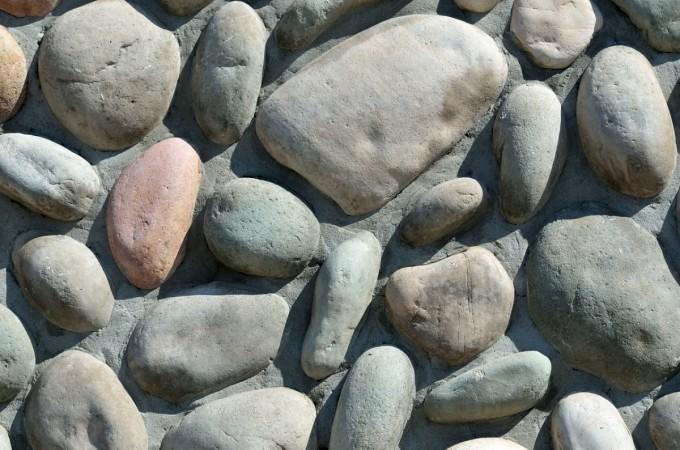
Archaeologists have discovered ancient crayon used by our ancestors nearly 10,000 years ago to apply colour to animal skins for artwork.
Having discovered near Star Carr (what was once Lake Flixton now blanketed in peat), in Scarborough, North Yorkshire, the crayon is made of a red mineral pigment called ochre. It measures 22 millimetres (0.87 inches) long and 7 millimetres (0.28 inches) wide.
Also read: BMTC driver's curiosity leads to discovery of hidden temple built in 1539 AD in Bengaluru
Lake Flixton in England is known to have filled up with artefacts from the Mesolithic period or Middle Stone Age (8000 to 2700 BC). Alongside the "crayon", another ochre pebble was also discovered at another site on the opposite side of the lake.
According to researchers (The University of York researchers, who worked in collaboration with the Universities of Chester and Manchester), pre-historic hunter-gatherers across the world used to collect ochre and processed it in different ways during the Middle Stone Age.
Dr Andy Needham, the lead author of the study at University of York's Department of Archaeology, said that the latest discoveries will help cumulate more data from Mesolithic life.
In a paper published in the Journal of Archaeological Science, Needham and his colleagues wrote: "The deep grooves lacking any apparent artistic design on the pebble suggest it was used to harvest red pigment powder. The sharp edges with striations in multiple directions might indicate the elongate shaped piece was used as a drawing and coloring tool, perhaps in a similar way to a contemporary pencil or crayon."
While speaking to Newsweek, Needham further said, "I was really amazed by how small and delicate the piece is. It is only a few centimeters long yet preserves very clear evidence of having been used by Mesolithic humans."
"Imagine the odds of recovering an object this small and delicate after it has been buried in the ground for around 10,000 years?"

















